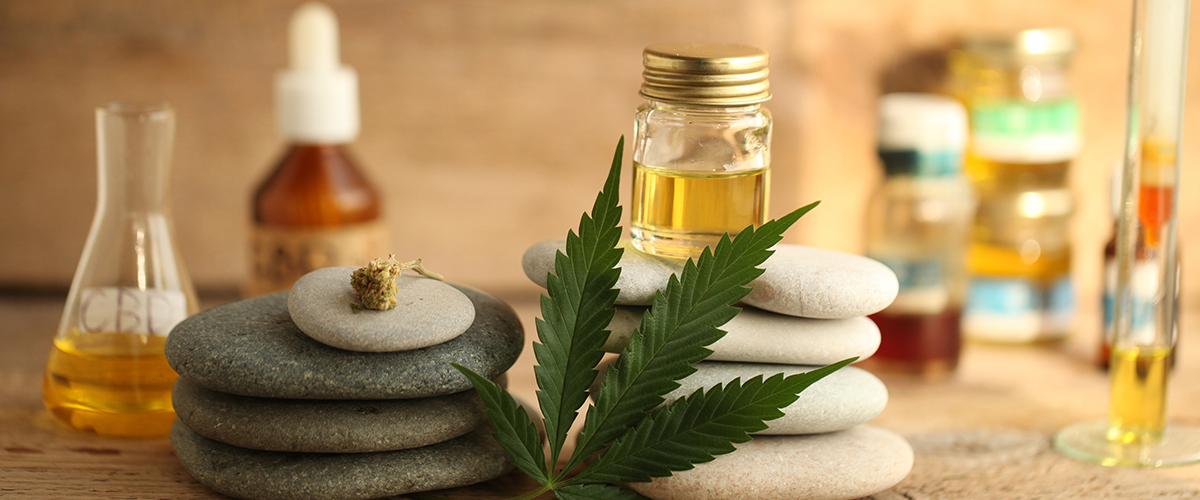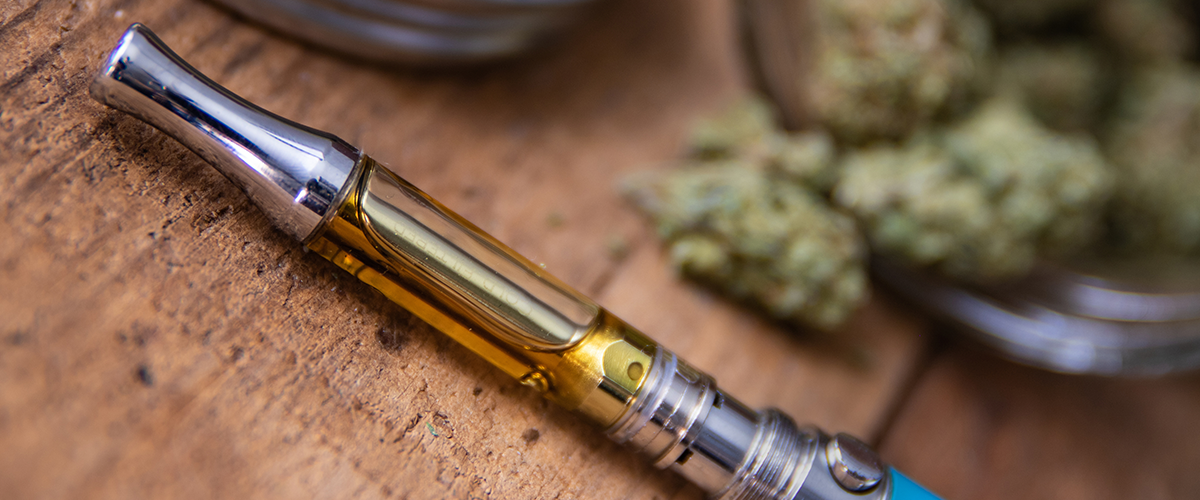
CBD (or cannabidiol) is one of the most dominant cannabinoids found in the cannabis plant, second only to THC. Unlike THC, CBD is non-psychoactive, but that doesn’t mean that it does not affect the human body. CBD shows to have a variety of medicinal benefits, and new research on the compound continues to turn up even more. CBD oil has been confirmed to have anti-spasmodic, anxiolytic (anti-anxiety), anti-inflammatory, and (with at least two types of epilepsy) anti-epileptic properties.
CBD oil extracted from the cannabis plant can be consumed in a variety of ways. It can be swallowed in capsule form, added to tea and drank, or vaped. In legal states, users could also choose to purchase strains of marijuana with high CBD, low THC contents. However, the CBD would be accompanied by THC and other cannabinoids, which may not be ideal. In any case, vaping is the most effective and reliable method of CBD consumption. This article will provide an in-depth look at CBD e-liquid.

CBD absorbs more effectively and thoroughly through the lungs and pulmonary system than it does through the digestive tract. Vaping is healthier than smoking, and e-juice can be pure CBD oil rather than the mix of other cannabinoids that you would encounter if you were to smoke cannabis flower. Smoking creates pyrolytic toxic compounds upon combustion, which can cause health problems when they enter the lungs. Vaping has the highest level of bioavailability, and it takes effect quickly.
Before we continue, it is important to note that e-liquids are the only forms of oil that are safe to vape. Heavy oils like olive oil-based CBD oil is designed to be eaten or swallowed. Attempting to use it in a vape is bad for your vape and for your body.
Vaporization was originally used as a more effective method of administering traditional Chinese medicines. The public began to recognize the method when it evolved into the primary technology that made e-cigarettes possible. E-cigarettes have been used by many individuals as a tool to help them quit smoking.
Without going into too much detail, vaporizers work by using a heating element made of various materials to heat an e-liquid containing the compound of choice – usually nicotine, CBD, or THC. Heating elements can be made from a variety of different materials, but they are all capable of generating a significant amount of heat. The e-liquid in the vaporizer’s chamber is heated until it vaporizes, skipping the combustion phase and avoiding the toxic pyrolytic compounds that combustion generates.
In many vapes, e-liquid is soaked in an absorbent wadding (often made of cotton) with a pressure-activated heating element. This is the case with devices such as single-use vape pens and e-cigarettes. E-juice can be stored in higher quantities in larger, refillable vapes, pens, and mods.
In 2017, vaping became a widespread phenomenon. It was used not just for administering CBD in clinical settings, but also recreationally for THC-containing cannabis extracts. Smoking is still universally discouraged and frequently forbidden in public places. On the other hand, vaping has seen more acceptance due to its less unpleasant smells and less significant public health concerns. Vape users who don’t want to use either nicotine or THC can also opt for vape fluids that don’t contain either so that they can enjoy the taste and mouthfeel without any of the accompanying effects.
E-liquids usually use vegetable glycerol or propylene glycol as a base. Then, the other elements are added to the base to give it flavor, texture, and the desired effect. Terpenes and essential oils can be added for their scents or for aromatherapy effects. Nicotine can be added for anyone who is trying to give up nicotine, or for those who would like to continue using nicotine in a healthier form. THC can be added for anyone seeking the compound’s psychoactive effects, and CBD can be added for those who are after its medicinal and therapeutic benefits.
Vegetable glycerol and propylene glycol are both used extensively as humectants and sweeteners in the food industry, and neither is considered harmful. Vegetable glycerol is more effective than alcohol when it comes to preserving extracts and tinctures, and propylene glycol are used as a base to carry injectable drugs. Both substances are clear, odorless, and semi-viscous, and both can be heated, vaporized, and inhaled safely.

It makes sense that vapes would be used to administer CBD. CBD is absorbed most effectively through the lungs, and vaping is currently the healthiest way to inhale it. If you are selecting a CBD vape liquid at home, here are some things to pay attention to:
CBD labels sometimes make claims that aren’t backed up with legitimate lab results, so make sure you find a brand that has proof of their claims. If you pay attention, you’ll easily be able to weed out scammers and illegitimate companies. And remember to leave reviews, both positive and negative. If you find a company that deserves success, show support. If you find a business that makes unverifiable claims, warn your fellow consumers.
There are more than a hundred different cannabinoids found in cannabis, but CBD is the one that holds the most interest for medical professionals, researchers, and patients. Vaping is the most effective way of consuming the compound, but not all e-juice is created equal. Stay vigilant while you shop, and you’ll be able to find high-quality products that fulfill your needs.